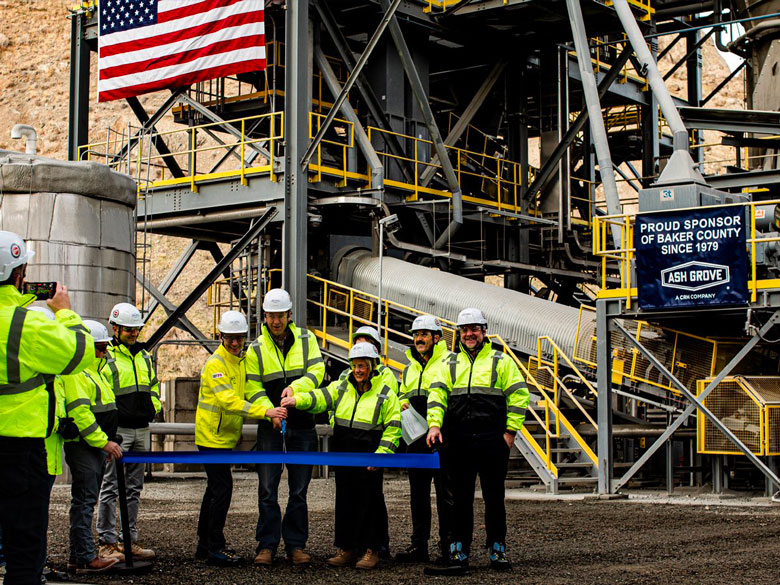LafargeHolcim is increasing its efforts to further improve the carbon-efficiency of its products and solutions with an objective to reduce annual CO2 emissions in Europe by a further 15% like-for-like, representing 3 million metric tons (Mt) by 2022. The company plans to invest CHF 160 million ($161.1 million) into advanced equipment as well as technologies to increase the use of low-carbon fuels and recycled materials in its processes and products. Further funds are earmarked for the introduction of new carbon-efficient materials and services.
“We are cognizant of our impact on the environment and will remain at the forefront of efforts to mitigate climate change,” said Marcel Cobuz, region head – Europe. “With this investment in Europe, we are taking a further step to become more carbon-efficient. We are not only investing to reduce CO2 in our own operations, but are also seeking the collaboration with our customers across the value-chain to improve the carbon efficiency of buildings and infrastructure throughout their lifecycle.”
One of the key levers to improve carbon-efficiency is to integrate the principle of circular economy into the cement production process by using waste materials instead of fossil fuels and primary raw materials. In 2018, LafargeHolcim repurposed 11 Mt of waste materials including 2 Mt of non-recyclable plastics. By stepping up its efforts in Europe, the company aims at repurposing an additional 1.5 Mt of waste, which would lead to avoiding 1 Mt of CO2 per year.
As part of the roadmap, LafargeHolcim will also increase the use of mineral alternatives and waste materials. On average, LafargeHolcim already uses 4.5 Mt to replace clinker with by-products from other industries. It is during the production of clinker when most CO2 emissions associated with cement occur. Additional efforts to replace clinker will allow the company to increase the CO2 efficiency of its cements produced in Europe by 1 Mt.
In all countries, LafargeHolcim is working on products and services to help its customers improve the carbon efficiency of buildings and infrastructure across their lifecycle. In France, for example, the company recently launched Lafarge360, a new integrated offer that includes scoring and carbon footprint modelling enabling customers to make informed decisions around the environmental impact of their project. Furthermore, low-carbon products are designed in France, Poland and Romania for soil stabilizations ensuring a better life cycle assessment of the road structure. The company is also working on masonry cements in France and Romania with a carbon footprint that is 50% lower than pure cement while ensuring enhanced properties like workability or wall adhesion.
LafargeHolcim is committed to continuous carbon intensity reduction of its portfolio, as demonstrated by its leadership position on carbon efficiency (576 kg CO2 per ton of cementitious material in 2018) as well as an ambitious 2030 target (520 kg CO2 per ton of cementitious material) aligned with the 2 degree Celcius scenario of the Paris COP21 climate agreement.



